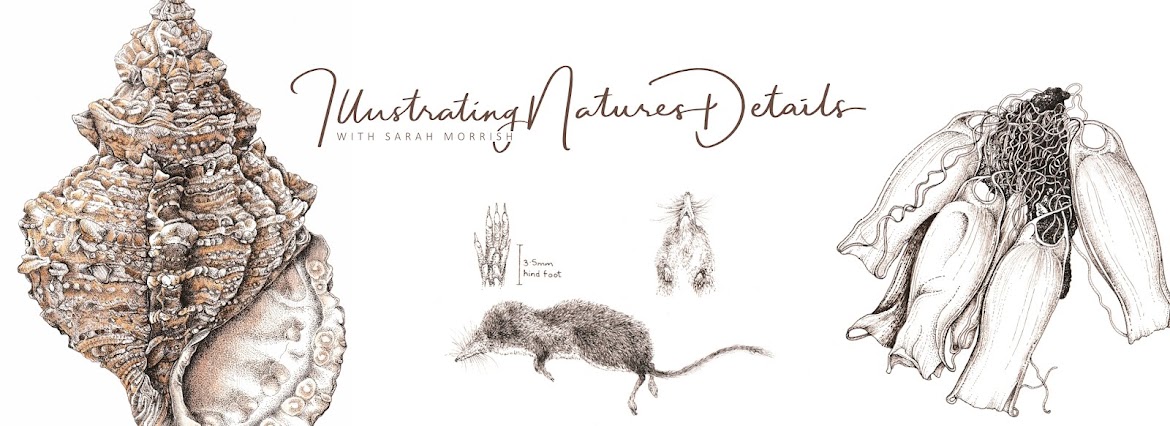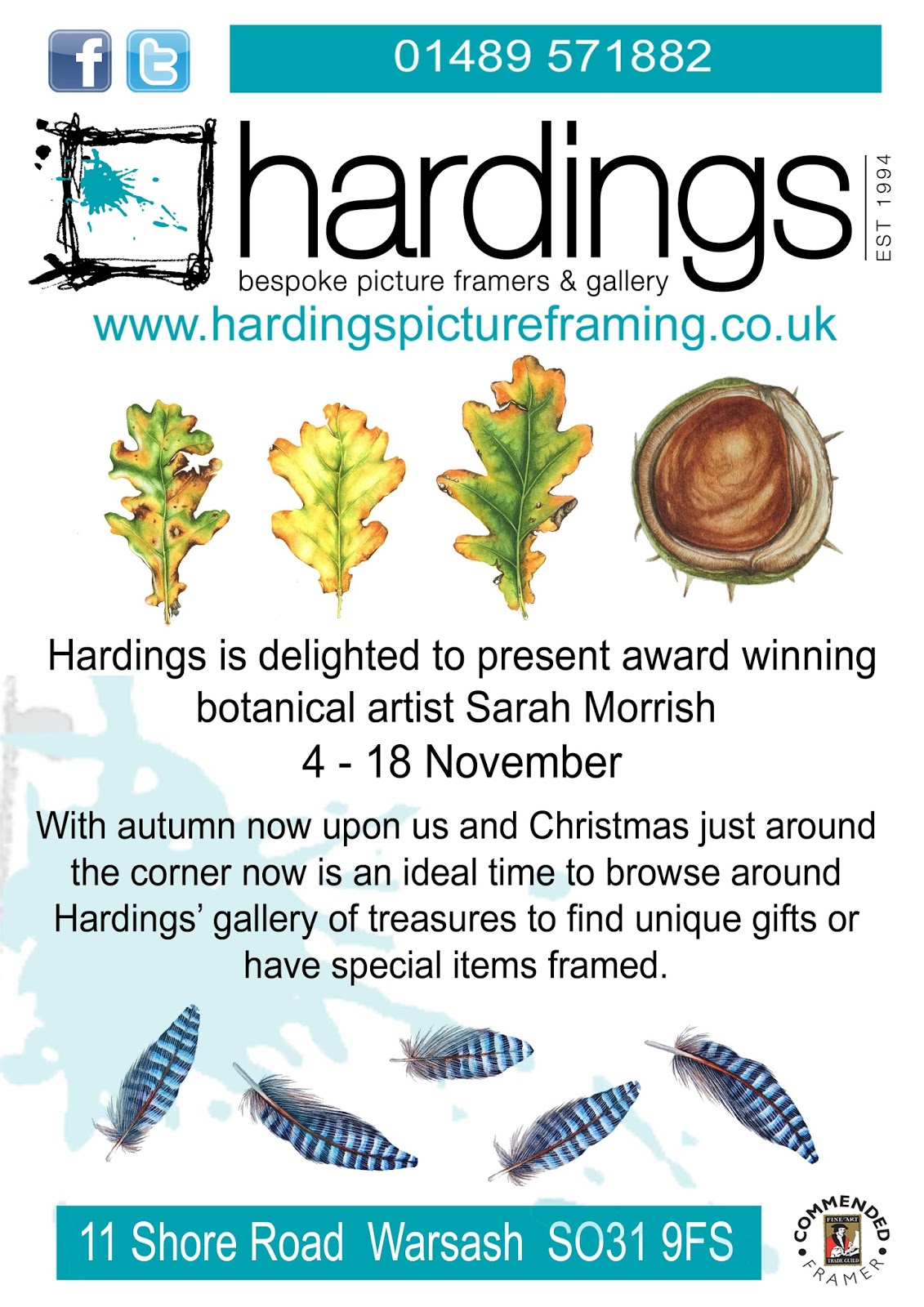My camera is always close by my side, although I must admit nowadays it seems to be my camera phone. We seem to be able to catch images of nature in an instant, and this has certainly been the case for butterflies and moths. Whether it be when I am out for a walk, in the garden or even looking at the few dead specimens I have.
These colourful and fascinating creatures certainly do brighten up the summer and at the end of the season I am always left with a collection of images that I would like to incorporate into my artwork.
But how to go about drawing and painting from the images ? I think the best thing for me to do is to break my approach down into stages:
- Find out the species of butterfly/moth. Ensure that you have correctly identified it.
- If you are drawing and painting from photographs, ensure that you reproduce the drawing to the correct scale. Find out the measurements and proportions of the species, before you even put pencil to paper.
- If you only have one image, look at other images in books and on the internet to ensure that you have the right characteristics. Remember that there may be colour differences, dependant on the quality of your image. The patterns and colours may also differ between the sexes of the same species.
- Do not just work from one image, use several to refer to.
- In some instances, especially when drawing from a set dead specimen, you can draw one side of the butterfly and then flip it and trace it to draw the other side. The symmetry of butterflies is great, but one thing to remember is that this will be more difficult to portray when using a photo as reference, due to perspective of the wings and the position the butterfly/moth may be in.
This Painted lady can be considered symmetrical, take note of how the pattern on the wings is identical on each side. The red line acts as a central-axis from which to start the drawing.
You can see the blue line depicting a figure of 8 over this image of an Orange-tip butterfly. This helps to get the proportions of the wings correct. I am also always comparing where things are in relation to each other e.g distance and angles between two features.
Again, with this image of a Peacock butterfly, you can see a figure of 8 in place to act as a guide.
- Once the outline is in place the next very important step is to draw in the venation of the wings. This is essential as these lines will act very much like a map, and if drawn correctly will guide you as to where each marking goes.
The venation is quite clear on this slightly battered specimen of a Swallowtail, and you can see clearly how this would help you define where the markings need to go.
- Now onto the painting. There are various techniques to use when painting butterflies, but the most important thing of all is to get the correct colour match. Again, if working from photos make sure you work from several and research to find out the most likely match.
- Butterflies and moths are often hairy on the abdomen, thorax and the base of the wings. Once the main features and wings of the butterfly are painted, I then work on this hairy detail last of all, using a small spotter brush. I often mix a little permanent white gouache in with the watercolour too. The paint is then applied using a hatching technique which helps to portray the texture of the hair.
This section from my 'Circle of Habitats - Grafham Water NR' illustration, shows several butterflies and also a moth. You can see the hairy and textured abdomen and thorax of the Tortoiseshell butterfly and also the more subtle texture on the Common blue butterfly (right).
Another painting technique used is stippling. This is useful to use when depicting some of the markings. It has to be remembered that each of the butterfly wings are made up of tiny scales, so a solid shape of colour would not necessarily portray this.
This Speckled Wood butterfly from the same illustration is composed of mainly browns and neutral colours. It would be very easy to paint sections of the wings in solid colour, but even on such a small area, there are still going to be tonal variations, dependant on where the light is hitting the specimen and the individual scales too. So it is just as important to build up areas of colour gradually from light to dark.
I hope this has given you a good starting point in illustrating butterflies and moths from photos. There are many natural history illustrators with years of experience of illustrating Lepidoptera, so here are a few of the artists that inspire me, with links to their websites.
Tim Freed
There are also several conservation organisations here in the UK and also overseas, that help to conserve butterflies and moths, by taking part in research projects, monitoring programmes and also maintaining valuable habitats for these species.
In 2015 I will be teaching a workshop for the Society of Floral Painters on the theme of drawing & painting butterflies and other insects.
In addition there will also be another exciting opportunity to come and paint these subjects at a Natural History Illustration Summer School, that I will be teaching in the summer of 2015.
News of this and another summer school will be launched in the New Year - watch this space !




























